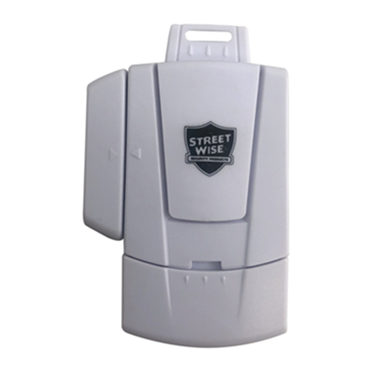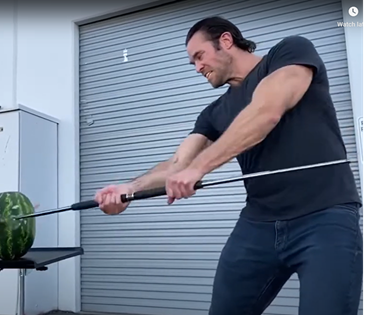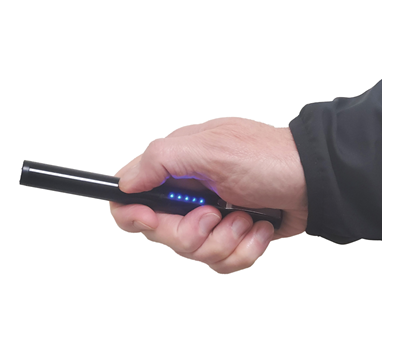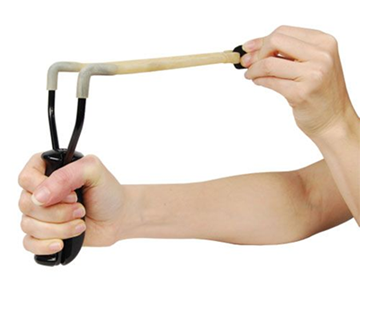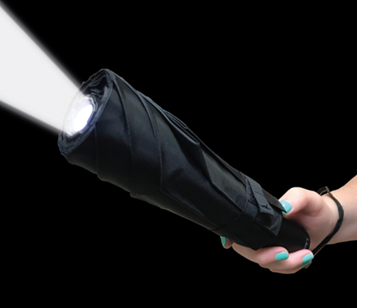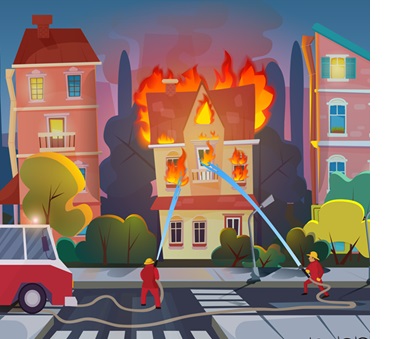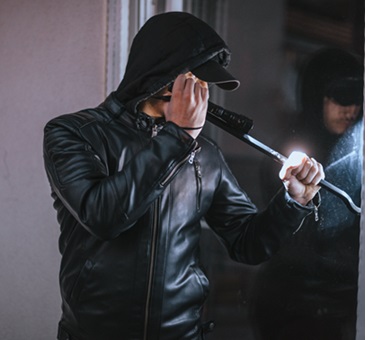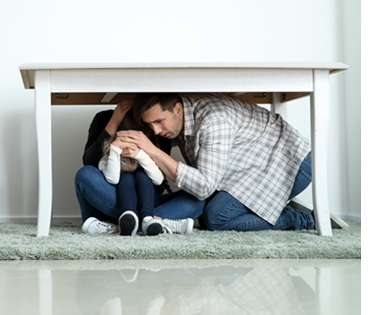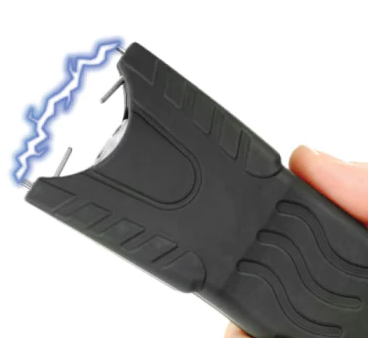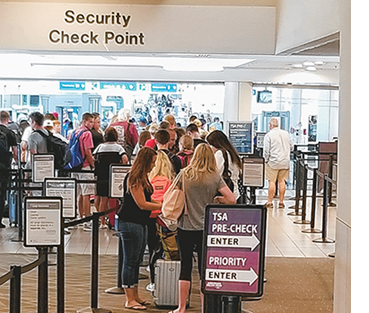Nobody Plans to be a Victim: Practical Strategies for Personal Safety
 While the odds of being murdered are statistically low, the fear of it can loom large. Here's the truth: you can significantly reduce your risk by adopting a safety mindset and implementing practical strategies. This post isn't about paranoia but about proactive awareness.
While the odds of being murdered are statistically low, the fear of it can loom large. Here's the truth: you can significantly reduce your risk by adopting a safety mindset and implementing practical strategies. This post isn't about paranoia but about proactive awareness.Understanding the Landscape
Murder can be random, targeted, or domestic violence-related. Random attacks, while frightening, are statistically less common. Targeted violence often involves a perpetrator you know, while domestic violence can escalate over time.General Safety Principles
Here are foundational practices that apply to various situations:- Situational Awareness: Be present in your surroundings. Notice people, exits, and potential hazards. Avoid distractions like headphones in high-risk situations.
- Trust Your Gut: If something feels off, it probably is. Don't be afraid to change course or remove yourself from an uncomfortable situation.
- Digital Safety: Limit personal information online, especially on social media. Be mindful of location-sharing settings.
Home Security
Your home should be a sanctuary. Here's how to fortify it:- Secure Entry Points: Ensure all doors and windows have functioning locks. Consider installing deadbolts and reinforcing strike plates.
- Lighting: Well-lit exteriors deter potential intruders. Motion sensor lights add another layer of security.
- Be Wary of Unexpected Visitors: Use a peephole before opening the door. Don't hesitate to ask for identification from repair workers or delivery personnel.
- Secure Valuables: Don't advertise expensive possessions through windows. Keep valuables in a safe or safety deposit box.
On the Move: Walking and Running
Exercising outdoors is great, but safety matters:- Stick to Well-Lit, Populated Areas: Avoid isolated paths or running at night. If you must exercise after dark, find a well-lit track or route with plenty of people.
- Run with a Buddy: There's safety in numbers. Run with a friend or join a running group.
- Let Someone Know Your Route: Inform a friend or family member where you're going and when you expect to be back.
- Carry a Phone: Keep your phone charged and readily accessible in case of emergencies. Consider a safety app that can alert contacts or emergency services.
Public Transportation Safety
Staying safe on buses, trains, and subways:- Be Aware of Your Surroundings: Pay attention to your fellow passengers without appearing paranoid. Sit in well-lit areas closer to the front of the vehicle.
- Keep Valuables Secure: Hold purses or bags close to your body. Avoid carrying large sums of cash.
- Trust Your Gut: If someone makes you uncomfortable, move seats or change cars.
- Exit Strategy: Know the layout of the vehicle and plan your exit route in case of emergencies.
Personal Encounters
De-escalation strategies for potentially threatening situations:- Stay Calm: Projecting calmness can deter aggression. Avoid escalating the situation with angry words or gestures.
- Maintain Space: Increase the physical distance between you and the potential threat.
- Verbal De-escalation: Try to calmly explain you want to be left alone.
- Have a Plan: Know your surroundings and have a getaway route in mind.
- Signal for Help: If de-escalation fails, draw attention to yourself by yelling for help or attracting witnesses.
Domestic Violence
Domestic violence is a serious issue. If you're in a dangerous situation, here are resources:- The National Domestic Violence Hotline: Call 1-800-799-7233 (https://www.thehotline.org/) or visit https://www.thehotline.org/search-our-resources/ for a confidential chat.
- Develop a Safety Plan: Know your escape routes and have important documents readily accessible.
- Reach Out for Support: Confide in a trusted friend or family member and explore local shelters or support groups.
Empowering Yourself
Safety is a continuous process. Here are additional tips:- Self-Defense Classes: Learning basic self-defense techniques can boost your confidence and equip you with skills to respond to a physical threat.
- Pepper Spray or Stun Gun: Consider carrying pepper spray or stun gun as a deterrent, but familiarize yourself with local laws on its use.
- Be Prepared: Have a first-aid kit handy and consider personal safety alarms for added security.
- Stay Informed: Local news and community watch programs can keep you informed about potential threats in your area
Conclusion
While the topic of personal safety can feel daunting, the good news is you have significant power to influence your own security. By adopting a safety mindset and implementing these practical strategies, you can significantly reduce your risk and navigate the world with greater confidence. Empowerment, not fear, is the key. Living a full, vibrant life shouldn't require constant worry. By taking proactive steps, you're taking control of your safety and fostering a sense of peace that allows you to truly enjoy all life has to offer.
This blog post is just a starting point. There are many resources available online and in your community. Consider taking a self-defense class, joining a neighborhood watch program, or attending a safety seminar. The more prepared you are, the more confident you'll feel.
Most importantly, trust your gut. If a situation feels unsafe, remove yourself. Your intuition is a powerful tool – use it! By prioritizing your safety and taking charge of your surroundings, you're sending a clear message: you are a strong, aware individual who deserves to feel secure.
